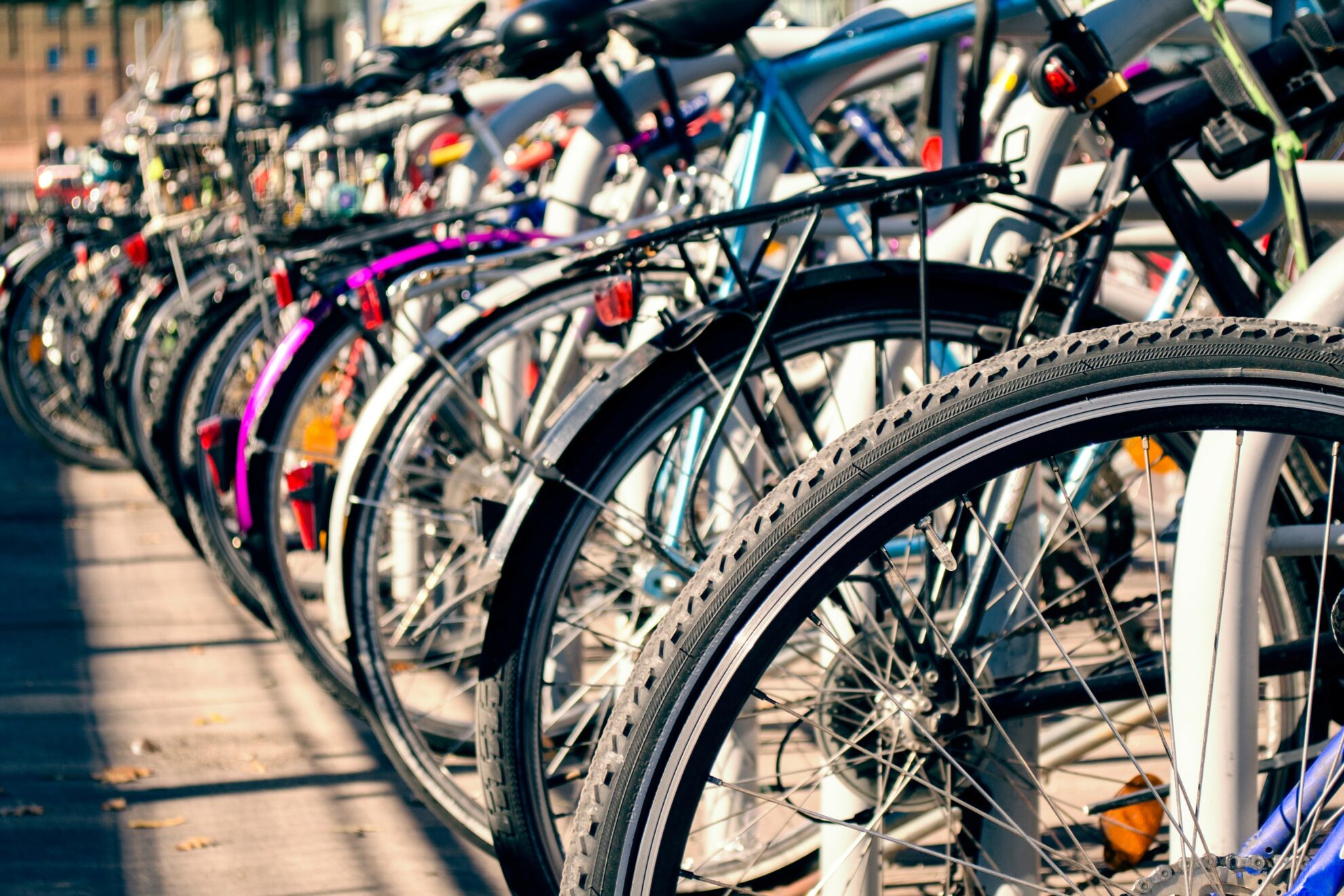How do we make indoor spaces “safe”? Start by calculating the risks.
When you have 26 offices in eight different countries, there is no one-size-fits-all for creating reopening plans. (Especially in a pandemic that won’t quit.) Twenty-six offices, each with a different layout, different occupancy levels, different community infection rates, vaccination rates, and emerging variants of concern… simply put: there needs to be 26 different plans.
This is the challenge that environmental engineering firm RWDI faced in the fall of 2021, as it prepared to welcome back the majority of its global workforce to shared, indoor spaces. With much of the world entering a fourth wave, the complexity of how to do this safely was acute, but this was a challenge RWDI was uniquely positioned to meet.
Air quality experts
SARS-CoV-2 is an airborne virus and RWDI is a global leader in air flow/quality and ventilation consulting. The firm has an unmatched specialty in understanding how particles—in this case, viral particles—move around a room and throughout a building. Its team of engineers, scientists and software developers knew that there was only one way to overcome this challenge: science.
Almost 18 months into the pandemic, science has confirmed what measures are effective (and which are not) in reducing transmission and preventing outbreaks. Vaccines, masks, distancing, diluted air (outside), improved ventilation and filtration, hand hygiene, testing, and contact tracing are the most proven.
Would it be more effective to add HEPA filters in each room, reduce occupancy by 10% or do both? To make informed choices, building owners need a way to compare available options.
There is no single intervention, but rather a multi-layered approach is needed. Often referred to as the “swiss cheese model of defense,” this approach recognizes that every measure has limitations (holes), so multiple tools are required. But that also presents a challenge for most building owners. Would it be more effective to add HEPA filters in each room, reduce occupancy by 10%, or do both? To make informed choices, there needs to be a way to compare available options.



Every shared space is unique, as are its risks for viral transmission. Each space requires its own multi-layered risk-management plan.
Rapid testing experience
Already a co-founder of Songbird Life Science, Canada’s leading COVID rapid testing company, RWDI recognized that, while rapid testing is an excellent screening tool, a multi-faceted approach was needed to bring people back to the office safely. RWDI needed to be able to calculate the specific risk at each of their buildings (recognizing that their office spaces were quite distinct from their model shops), determine which mitigation measures would be most effective, and then continue to monitor all office locations for changes and emerging threats.
Enter ParticleOne
Building on established science and modelling, ParticleOne runs thousands of simulations to compare the cost and effectiveness of different safety measures (masks, filters, occupancy levels, etc.). From there, it calculates a risk level and outlines required corrective actions to reduce that risk level.
For companies with multiple locations, like RWDI, ParticleOne’s dashboard provides ongoing oversite of all properties. It monitors for changes and alerts facility managers when action is needed at a location. And this is exactly what RWDI has done. August plans had to evolve in response to new variant risks and increased vaccination rates in September. These new mitigations may change again in October.
Moving forward, RWDI continues to evaluate the safest ways to bring (and keep) staff back indoors and ParticleOne will remain a key part of its long-term virus-security plans: each office has a customized plan. As the risks change, so will the plans and mitigations. What won’t change for this workforce of scientists and engineers, however, is their confidence in plans that always put science first.
